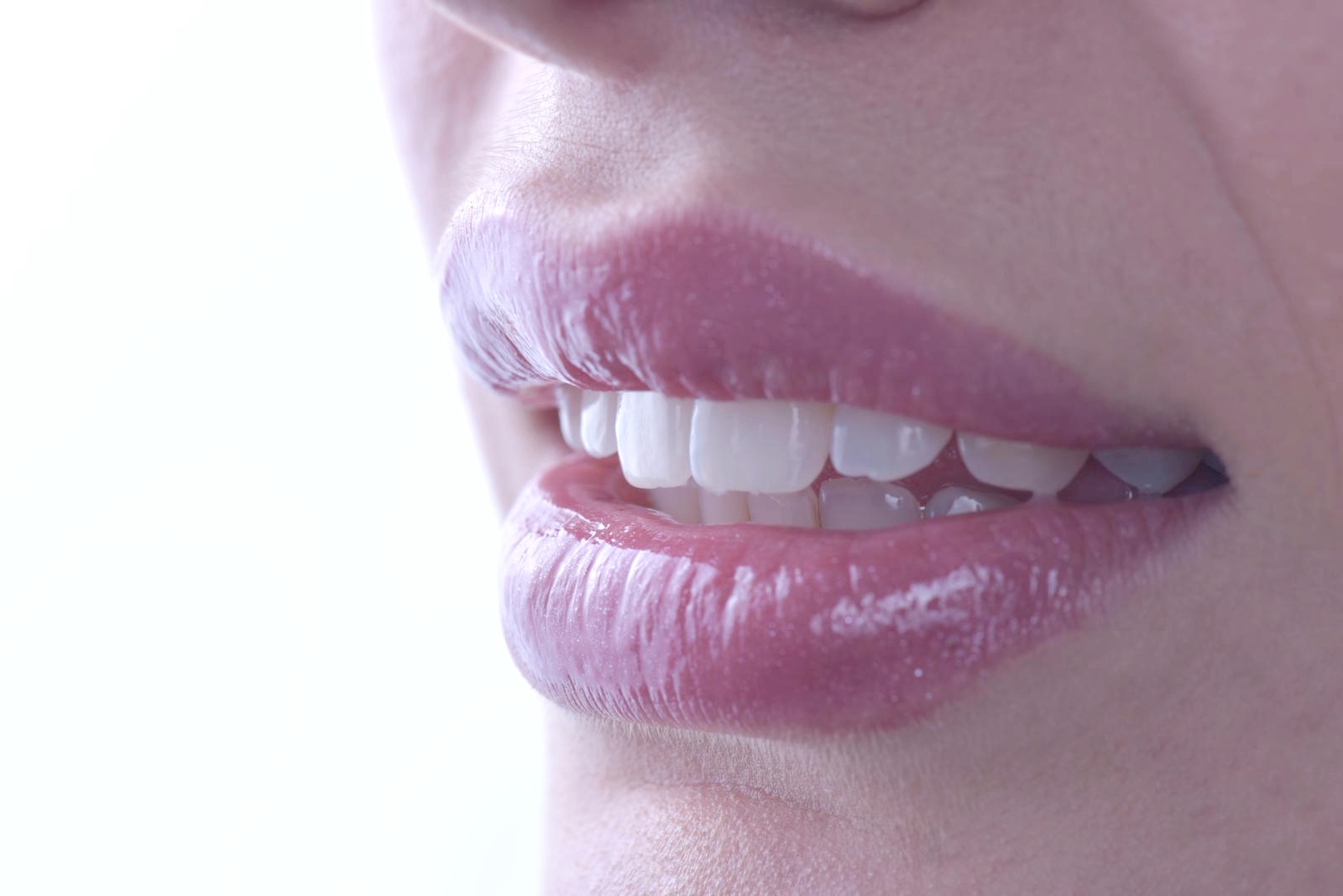It represents an antiseptic water for rinsing the oral cavity and teeth. The use of mouthwash cannot and is not a substitute for regular maintenance of oral hygiene, but it can be a useful addition to daily oral hygiene. Mouthwashes can reach areas that a toothbrush cannot.
There are two types of mouthwash: cosmetic and therapeutic.
A cosmetic mouthwash can temporarily control bad breath, but it has no chemical or biological use beyond temporary action. This means that the product does not destroy the bacteria associated with bad breath, and its benefit is purely cosmetic.
Therapeutic mouthwash contains active ingredients that help control conditions such as bad breath, gingivitis and periodontitis, plaque and caries. The most common active ingredients used for therapeutic purposes are:

For the correct selection of rinsing water, it is necessary to consult a dentist, who has the best insight into the condition of the teeth and oral cavity. It is necessary to know what complaints or needs are involved. Accordingly, active ingredients are recommended.
In certain chronic and acute conditions, rinsing water with higher concentrations of active ingredients can also be used for therapeutic purposes. Most often, these are situations with bad breath, prevention of the rapid appearance of plaque, prevention of tooth decay, relief of gingivitis and periodontitis.
The most common causes of bad breath (halitosis) are poor oral hygiene, dental plaque, teeth attacked by caries and the presence of bacteria that cause diseases of the oral cavity. For better control of bad breath, you should choose waters that contain antimicrobial ingredients. Such products contain chlorhexidine, hexetidine and essential oils, as well as zinc salts, ketones and terpenes, which reduce the appearance of unpleasant odors.
Antimicrobial ingredients such as chlorhexidine, hexetidine and essential oils successfully control the rate of plaque formation and relieve inflammation of the gums.
As an active ingredient, chlorhexidine in therapeutic concentrations can cause tooth pigmentation.
Mouthwash products containing fluoride ions promote enamel remineralization. Fluoride is a proven agent that helps prevent tooth decay. Regular use of such products further reduces the occurrence of caries in children. The use of mouthwash is not recommended for children under 6 years of age, due to the potentially underdeveloped swallowing reflex. For this reason, younger children may swallow larger quantities of such products, which may subsequently cause nausea and vomiting.
Dryness of the oral cavity (xerostomia), apart from being an unpleasant condition, is also a cause of dental problems. The lack of saliva creates a favorable situation for the increased formation of plaque, tartar, a change in pH value, and the risk of tooth decay increases. Dryness of the oral cavity can occur as a side effect of chemotherapy or radiotherapy for the treatment of tumors in the head and neck area, drug therapy, but it can also be caused by autoimmune diseases as well as natural hormonal changes.
Oral rinses cannot treat dry mouth, but they can alleviate the symptoms and prevent the negative consequences of a reduced amount of saliva. Products with hyaluronic acid will ease the feeling of dryness. If you have xerostomia, you should definitely avoid those products that contain alcohol, which would further dry out the already dry mucous membrane of the oral cavity.
In case of gingivitis and periodontitis, it is recommended to use water containing higher concentrations of chlorhexidine. Such products also have some unpleasant side effects, such as discoloration of the teeth, fillings, discoloration of the tongue, and changes in the sense of taste, so it was not good to use them for more than two weeks.
Using water for rinsing is more effective after brushing your teeth and using dental floss or an interdental brush.